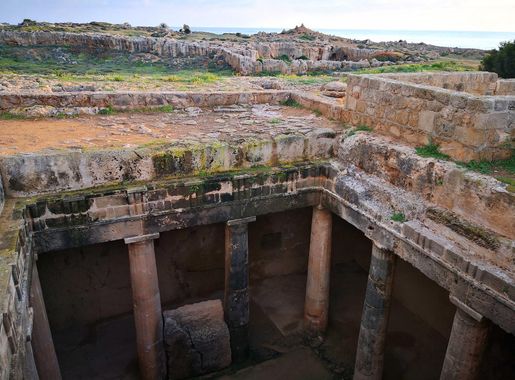
The Timeless Majesty of Tombs of the Kings, Paphos
Explore the ancient necropolis of Tombs of the Kings in Paphos, Cyprus - a UNESCO World Heritage site where history, culture, and breathtaking views come together.
The Tombs of the Kings in Paphos, Cyprus, is an awe-inspiring archaeological site that transports visitors back to the Hellenistic and Roman periods. This UNESCO World Heritage site is not only a testament to ancient funerary architecture but also offers a glimpse into the rich history and culture of Cyprus. Wander through the sprawling necropolis, where you will find impressive underground tombs carved out of solid rock. These tombs, despite their name, were not reserved for royalty but were the final resting places for high-ranking officials and aristocrats. The grandeur and layout of the tombs, complete with Doric columns and intricate frescoes, reflect the importance and reverence bestowed upon the deceased. Set against the backdrop of the Mediterranean Sea, the Tombs of the Kings is surrounded by lush landscapes and a serene atmosphere. It provides a surreal experience as you explore the labyrinthine passages and chambers, each with its own unique story. The site is not only a haven for history buffs but also offers picturesque views, making it a must-visit for photographers and nature lovers alike.
Local tips in Tombs of the Kings
- Visit early in the morning or late afternoon to avoid the midday heat and crowds.
- Wear comfortable shoes as the terrain can be uneven and rocky.
- Bring water and sunscreen, especially during the summer months.
- Take your time to explore the less-visited tombs for a more intimate experience.
- Check the weather forecast before your visit, as rainy days can make the site slippery.
The Timeless Majesty of Tombs of the Kings, Paphos
The Tombs of the Kings in Paphos, Cyprus, is an awe-inspiring archaeological site that transports visitors back to the Hellenistic and Roman periods. This UNESCO World Heritage site is not only a testament to ancient funerary architecture but also offers a glimpse into the rich history and culture of Cyprus. Wander through the sprawling necropolis, where you will find impressive underground tombs carved out of solid rock. These tombs, despite their name, were not reserved for royalty but were the final resting places for high-ranking officials and aristocrats. The grandeur and layout of the tombs, complete with Doric columns and intricate frescoes, reflect the importance and reverence bestowed upon the deceased. Set against the backdrop of the Mediterranean Sea, the Tombs of the Kings is surrounded by lush landscapes and a serene atmosphere. It provides a surreal experience as you explore the labyrinthine passages and chambers, each with its own unique story. The site is not only a haven for history buffs but also offers picturesque views, making it a must-visit for photographers and nature lovers alike.
Iconic landmarks you can’t miss
Archaeological Site of the Tombs of the Kings
Explore the magnificent Tombs of the Kings in Cyprus, an archaeological wonder with rich history and stunning architecture.
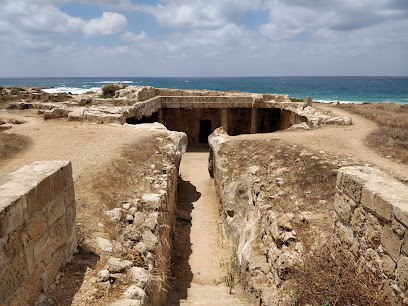
Tomb 3
Discover the ancient wonders of Tomb 3 in Paphos, a historical landmark showcasing rock-cut tombs and rich cultural heritage.
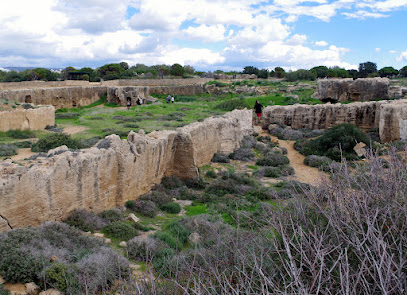
Tomb 8
Explore Tomb 8 in Paphos, Cyprus – an extraordinary historical landmark showcasing ancient burial practices and stunning frescoes.
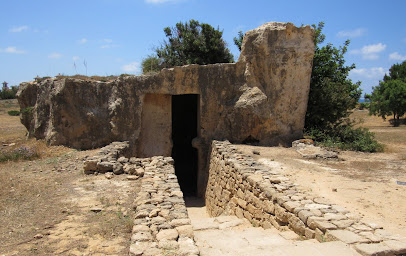
Tomb 2
Explore Tomb 2 in Paphos, Cyprus – an extraordinary historical landmark showcasing ancient burial practices and stunning architecture amidst breathtaking scenery.

Tomb 1
Explore the ancient Tomb 1 in Paphos, Cyprus, a UNESCO World Heritage Site showcasing remarkable Hellenistic burial practices and architecture.
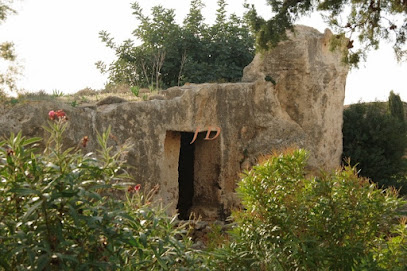
Tomb 4
Explore Tomb 4 in Paphos, one of Cyprus's most intriguing historical landmarks featuring impressive ancient architecture and stunning coastal views.
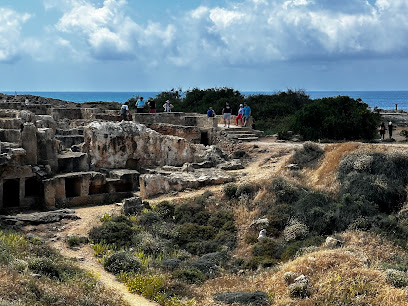
Tomb 7
Explore the captivating Tomb 7 in Paphos, a historical landmark revealing ancient burial customs and stunning architectural beauty.
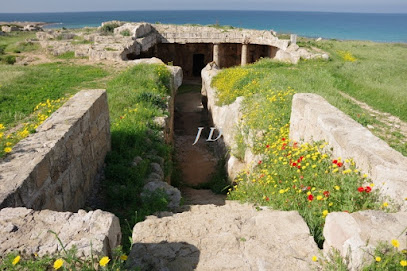
Tomb 5
Explore Tomb 5 in Paphos, Cyprus, a stunning historical landmark showcasing ancient burial rites and exquisite artistry in a breathtaking setting.
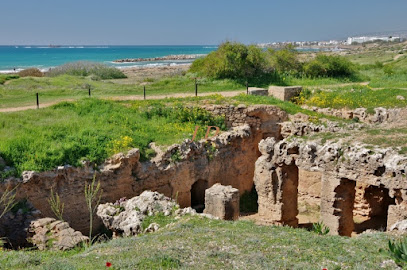
Tombs of the Kings
Discover the rich history and ancient artistry at the Tombs of the Kings, a UNESCO World Heritage Site in Paphos, Cyprus, showcasing elaborate underground tombs.
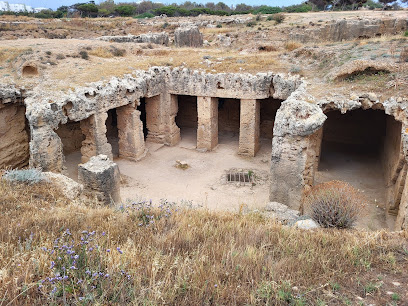
Táphos
Discover Tápohos, a historical gem in Paphos, Cyprus, where ancient ruins meet breathtaking landscapes, perfect for history lovers and curious travelers.

Unmissable attractions to see
Agia Solomoni Catacomb
Uncover the ancient mysteries of Agia Solomoni Catacomb in Paphos, a serene shrine that reflects the rich history of early Christianity in Cyprus.
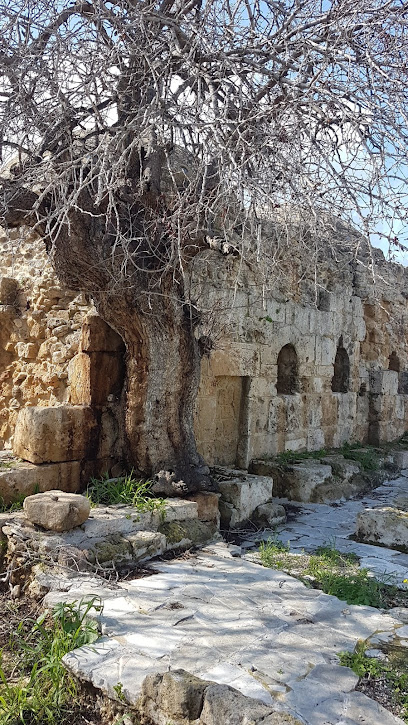
Fabrika Hill Cave Complex- Megalithic site
Discover the ancient secrets of the Fabrika Hill Cave Complex, a historical landmark in Paphos, Cyprus, rich in megalithic heritage and stunning landscapes.

The Blue Shell House
Explore the enchanting Blue Shell House in Paphos, Cyprus, a unique tourist attraction showcasing whimsical architecture and stunning coastal views.
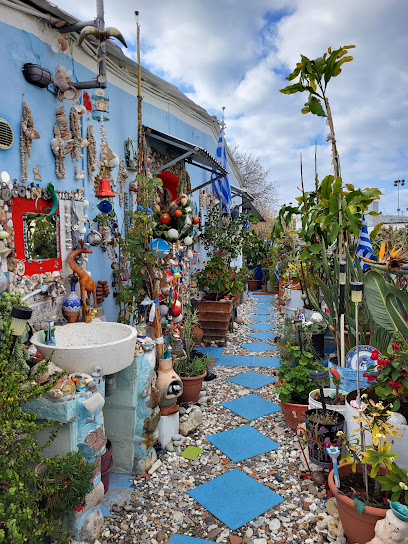
Panoramic Viewing Platform
Experience the stunning vistas of Paphos at the Panoramic Viewing Platform, a must-visit destination for breathtaking views and unforgettable moments.

Aphrodite Sunset
Discover the enchanting beauty of Aphrodite Sunset in Paphos, Cyprus, where breathtaking views meet rich mythology and vibrant sunsets.
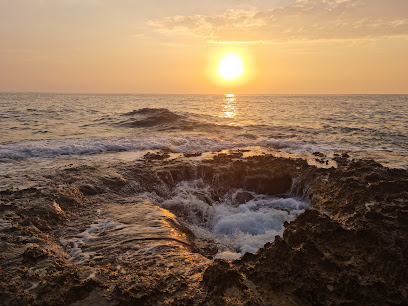
Piggy Dipping
Discover the charm of Piggy Dipping in Paphos, a vibrant tourist attraction on the Coastal Broadwalk where sun, sea, and local culture come alive.

Usugrow Mural
Explore the vibrant Usugrow Mural, a stunning street art masterpiece in Paphos, Cyprus, reflecting modern artistic expression and cultural depth.
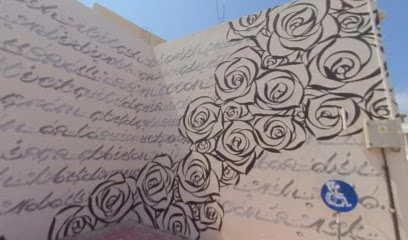
Sunset/Shipwreck Viewpoint by Tombs
Discover breathtaking sunsets and unique shipwreck views at the Sunset/Shipwreck Viewpoint in Paphos, Cyprus, a must-visit for every traveler.

Essential places to dine
Dias Zeus Restaurant
Experience authentic Greek flavors at Dias Zeus Restaurant in Paphos - where tradition meets taste in every dish.
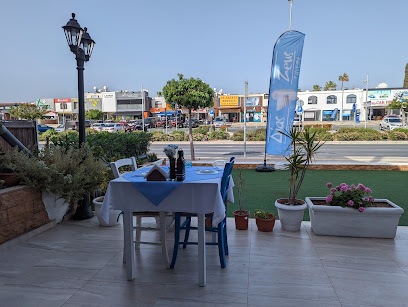
Tea for Two, Tombs of the Kings Avenue 42, Paphos
Experience delightful British cuisine at Tea for Two in Paphos—where every meal feels like home away from home.
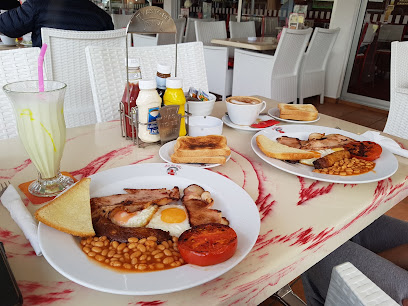
Duomo Ristorante Italiano
Savor delicious Italian flavors at Duomo Ristorante Italiano in Paphos—where every dish tells a story of culinary excellence.

Karlina Restaurant
Savor authentic Cypriot cuisine and international flavors at Karlina Restaurant in Paphos - a culinary delight amidst stunning views.
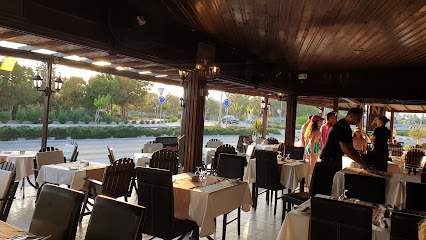
Fat Mama's
Experience authentic Mediterranean flavors at Fat Mama's in Paphos – where every meal is a celebration of taste and culture.
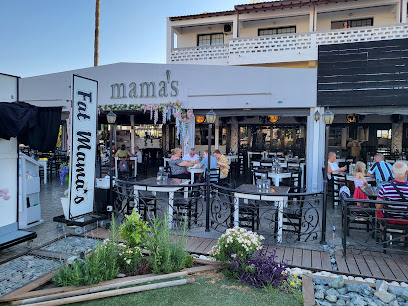
Martelli Pizza Italian Restaurant
Experience authentic Italian cuisine at Martelli Pizza Restaurant in Paphos - where every bite is a taste of Italy!
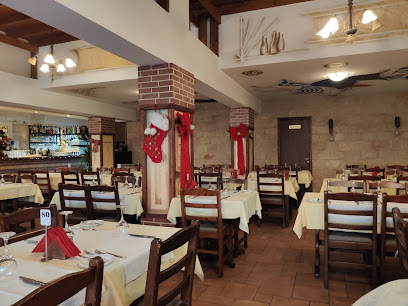
Gustoso Restaurant
Experience the essence of Mediterranean cuisine at Gustoso Restaurant in Paphos - where every dish tells a story.

Olivetio Restaurant
Experience authentic Cypriot cuisine at Olivetio Restaurant in Paphos - where tradition meets contemporary culinary artistry.
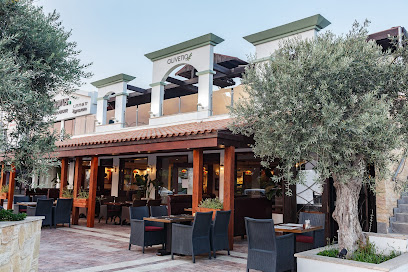
Farmhouse Restaurant & Lounge Bar
Experience exquisite Mediterranean cuisine at Farmhouse Restaurant & Lounge Bar in Paphos – where every meal is a celebration of flavor.
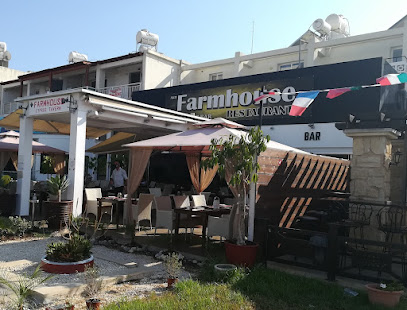
King Philip's Restaurant
Discover King Philip's Restaurant in Paphos for an unforgettable dining experience featuring local flavors and stunning views.
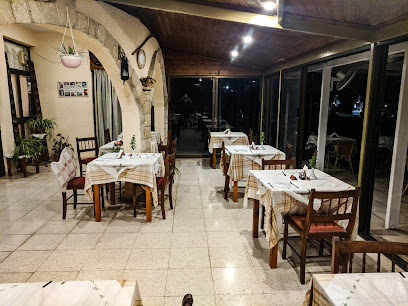
Markets, malls and hidden boutiques
The Place
Discover unique gifts and local art at The Place, a cultural gem in Paphos, Cyprus, perfect for tourists seeking authentic souvenirs.
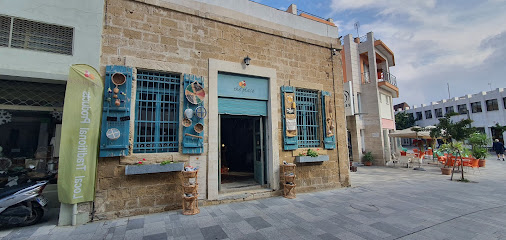
Lepus Gift Shop - Kings Avenue Mall
Discover unique gifts and stylish accessories at Lepus Gift Shop in Kings Avenue Mall, Paphos - a must-visit for souvenir hunters.
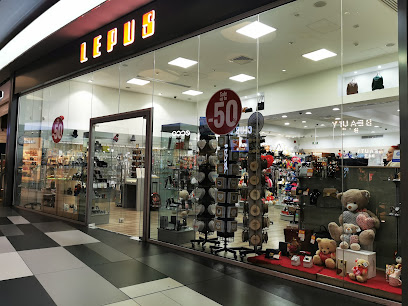
Cosmos Gallery.
Discover unique art and souvenirs at Cosmos Gallery, Paphos - a treasure trove of local craftsmanship and creativity.
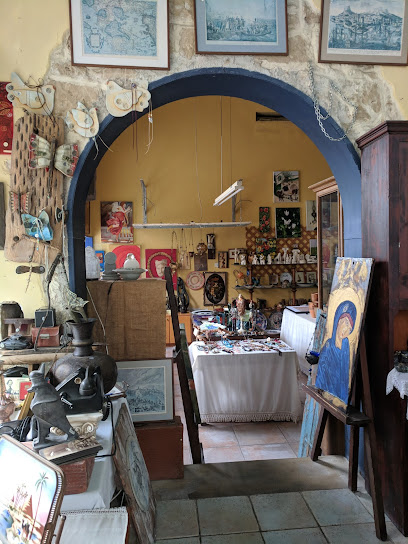
Y.M. STOA Souvenir Shop
Discover the charm of Cyprus through unique souvenirs and local artistry at Y.M. STOA Souvenir Shop in Paphos.
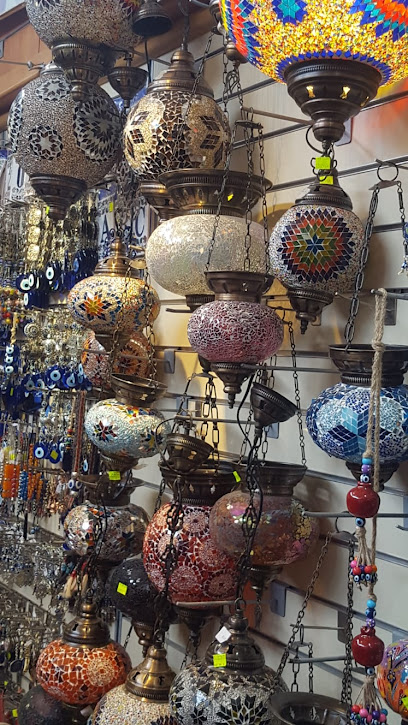
Station of Traditional Products & Gifts.
Discover authentic Cypriot souvenirs, stylish swimwear, and unique gifts at the Station of Traditional Products & Gifts in Paphos.
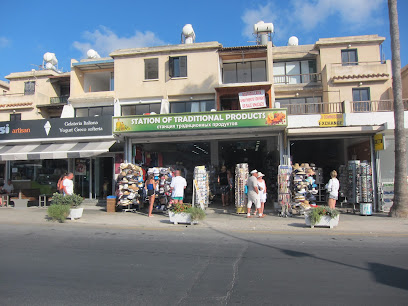
Vivere Boutique
Explore the charm of Vivere Boutique in Paphos, Cyprus, where local craftsmanship meets unique fashion and home decor.

Japanese BouAntique
Explore the enchanting collection of Japanese antiques at Japanese BouAntique in Paphos, Cyprus, a treasure trove for art lovers and collectors.
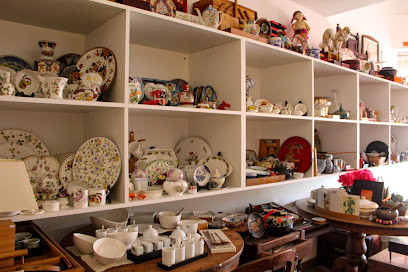
Ooups Boutique Paphos
Explore the charm of Cyprus through unique fashion and accessories at Ooups Boutique in Paphos, where local craftsmanship meets modern style.

Mneme Cultural Gifts
Explore Mneme Cultural Gifts in Paphos for unique Cypriot souvenirs that capture the island's rich culture and artistry.

Constantin's btq
Explore Constantin's Boutique in Paphos for a unique blend of modern styles and traditional fashion influences, perfect for every traveler.

Essential bars & hidden hideouts
The Wooden Pub
Experience the best of Cyprus nightlife at The Wooden Pub, a cozy bar in Paphos offering unique beers and delightful cocktails in a vibrant setting.
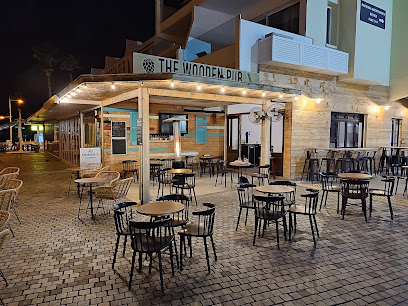
Pit Stop Pub
Discover the lively charm of Pit Stop Pub in Paphos, where delicious food meets refreshing drinks in a warm and welcoming atmosphere.
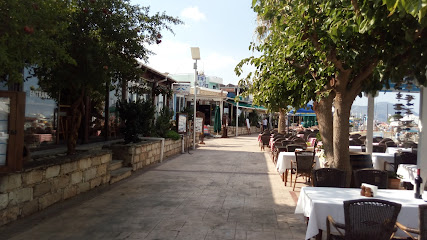
Boulevard Bistro Wine Bar
Experience the best of Paphos at Boulevard Bistro Wine Bar, where exquisite wines, delectable cuisine, and live music create unforgettable moments.
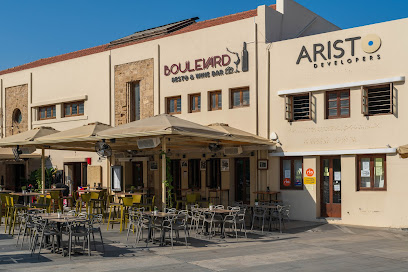
Kings Road Cafe Pub Sports Bar
Experience the vibrant atmosphere of Kings Road Cafe Pub Sports Bar, a must-visit destination for sports lovers in Paphos, Cyprus.

Ben's Bar
Experience the vibrant taste of Cyprus at Ben's Bar, where delicious grilled dishes and a friendly atmosphere await you.
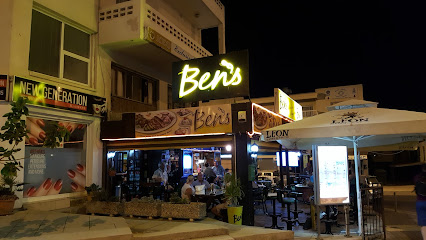
DT's Sunset Bistro Bar
Experience delightful dining and breathtaking sunsets at DT's Sunset Bistro Bar, the perfect place to unwind in Paphos, Cyprus.
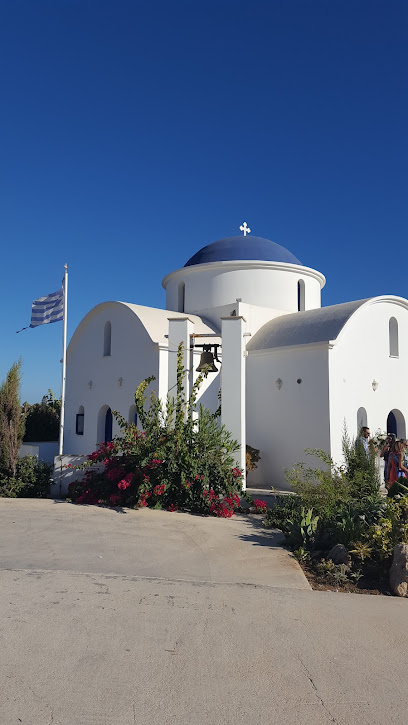
Different Bar
Join the lively atmosphere at Different Bar in Paphos, where vibrant cocktails and welcoming vibes create unforgettable nights in Cyprus.
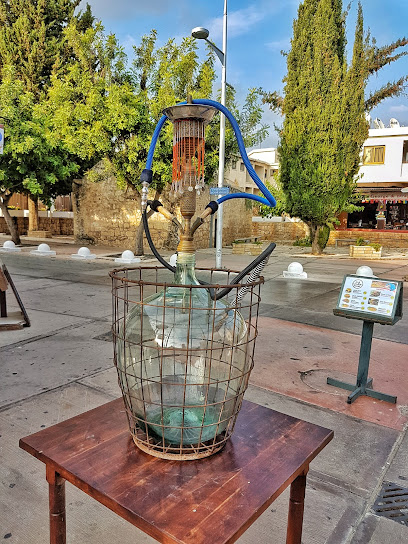
Copa Bar
Savor the flavors of Cyprus at Copa Bar, an affordable grill paradise in Paphos, where every meal is a celebration of taste and culture.
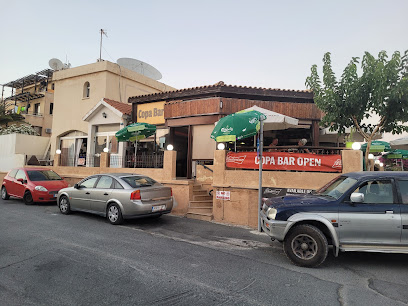
Burgers 'n Blues
Discover the vibrant flavors of Burgers 'n Blues in Paphos, where juicy burgers meet a lively atmosphere for an unforgettable dining experience.
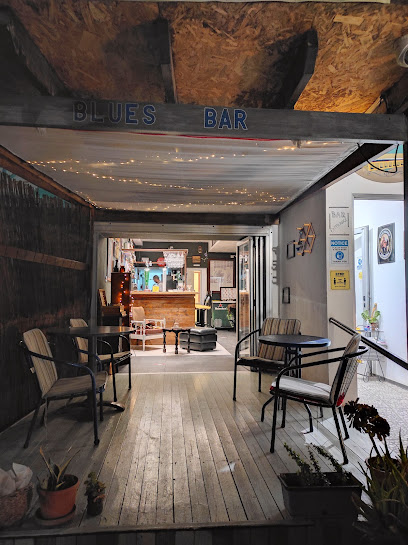
Harley's Food N'bar
Discover the lively atmosphere of Harley's Food N'bar in Paphos, where great drinks and a welcoming ambiance await every traveler.

Local Phrases
-
- HelloΓεια σου
[Yia su] - GoodbyeΑντίο
[Andio] - YesΝαι
[Ne] - NoΌχι
[Ohi] - Please/You're welcomeΠαρακαλώ
[Parakalo] - Thank youΕυχαριστώ
[Efharisto] - Excuse me/SorryΣυγγνώμη
[Signomi] - How are you?Πώς είσαι;
[Pos ise;] - Fine. And you?Καλά. Εσύ;
[Kala. Esi;] - Do you speak English?Μιλάτε Αγγλικά;
[Milate Anglika;] - I don't understandΔεν καταλαβαίνω
[Den katalaveno]
- HelloΓεια σου
-
- I'd like to see the menu, pleaseΘα ήθελα να δω το μενού, παρακαλώ
[Tha ithela na do to menu, parakalo] - I don't eat meatΔεν τρώω κρέας
[Den troo kreas] - Cheers!Υγεία!
[Ygeia!] - I would like to pay, pleaseΘα ήθελα να πληρώσω, παρακαλώ
[Tha ithela na plirosso, parakalo]
- I'd like to see the menu, pleaseΘα ήθελα να δω το μενού, παρακαλώ
-
- Help!Βοήθεια!
[Voithia!] - Go away!Πήγαινε μακριά!
[Pigaine makria!] - Call the Police!Καλέστε την Αστυνομία!
[Kaleste tin Astinomia!] - Call a doctor!Καλέστε γιατρό!
[Kaleste giatro!] - I'm lostΈχω χαθεί
[Eho hafi] - I'm illΕίμαι άρρωστος
[Ime arrostos]
- Help!Βοήθεια!
-
- I'd like to buy...Θα ήθελα να αγοράσω...
[Tha ithela na agoraso...] - I'm just lookingΑπλά κοιτάω
[Apla kitao] - How much is it?Πόσο κοστίζει;
[Poso kostizi;] - That's too expensiveΑυτό είναι πολύ ακριβό
[Afto ine poli akribo] - Can you lower the price?Μπορείτε να μειώσετε την τιμή;
[Borite na meiosete tin timi;]
- I'd like to buy...Θα ήθελα να αγοράσω...
-
- What time is it?Τι ώρα είναι;
[Ti ora ine;] - It's one o'clockΕίναι μία ώρα
[Ine mia ora] - Half past (10)Μισή (10)
[Misi (10)] - MorningΠρωί
[Proi] - AfternoonΑπόγευμα
[Apoyevma] - EveningΒράδυ
[Vradi] - YesterdayΧθες
[Hthes] - TodayΣήμερα
[Simera] - TomorrowΑύριο
[Avrio] - 1Ένα
[Ena] - 2Δύο
[Dyo] - 3Τρία
[Tria] - 4Τέσσερα
[Tessera] - 5Πέντε
[Pente] - 6Έξι
[Exi] - 7Επτά
[Epta] - 8Οκτώ
[Okto] - 9Εννέα
[Ennea] - 10Δέκα
[Deka]
- What time is it?Τι ώρα είναι;
-
- Where's a/the...?Πού είναι ένα/το...;
[Pou ine ena/to...;] - What's the address?Ποια είναι η διεύθυνση;
[Pia ine i diefthinsi;] - Can you show me (on the map)?Μπορείτε να μου δείξετε (στο χάρτη);
[Borite na mou dixete (sto charti);] - When's the next (bus)?Πότε είναι το επόμενο (λεωφορείο);
[Pote ine to epomeno (leoforeio);] - A ticket (to ....)Ένα εισιτήριο (προς ....)
[Ena isitirio (pros ....)]
- Where's a/the...?Πού είναι ένα/το...;
History of Tombs of the Kings
-
The Tombs of the Kings, a UNESCO World Heritage Site, dates back to the 4th century BC and served as a burial site for Paphos' elite, including high-ranking officials and aristocrats. The tombs are carved from solid rock and exhibit a blend of Hellenistic and Egyptian architectural styles, reflecting the cultural influences present in ancient Cyprus. This necropolis highlights the significance of Paphos as a political and cultural center in the ancient world.
-
During the Roman period, Paphos was the capital of the island, and the Tombs of the Kings continued to be a prominent burial site. The site is believed to have been used until the 3rd century AD, mirroring the rise in importance of Paphos under Roman rule. The grandeur of the tombs, with their elaborate frescoes and murals, indicates the wealth and status of those interred there, showcasing the city’s role as a hub of power and culture.
-
The Tombs of the Kings were largely forgotten until their rediscovery in the 19th century, drawing significant interest from archaeologists and historians. Excavations revealed a wealth of artifacts, including pottery and jewelry, providing insights into the burial practices and daily life of ancient Cypriots. The site has since become a focal point for archaeological studies, contributing to the understanding of Hellenistic and Roman influences on Cypriot culture.
-
The Tombs of the Kings symbolizes the rich cultural heritage of Paphos and Cyprus at large. They reflect the island's historical significance as a crossroads of civilizations, where Greek, Roman, and Egyptian influences converged. The preservation of this site allows for ongoing exploration of the region's identity and its historical narratives, reinforcing Paphos' status as a vital cultural landmark in the Mediterranean.
-
Today, the Tombs of the Kings remain one of Paphos' most visited attractions, drawing tourists from around the world. Efforts are ongoing to conserve the site while ensuring that it remains accessible for educational purposes. The tombs serve as a reminder of Cyprus' ancient past, fostering a deeper appreciation of the island's history and promoting cultural tourism, which plays a significant role in the local economy.
Tombs of the Kings Essentials
-
Tombs of the Kings is located approximately 2 kilometers north of Paphos city center. The easiest way to get there is by taxi, which takes around 5-10 minutes from downtown Paphos. Alternatively, you can use the local bus service (Route 615) that connects Paphos with the Tombs of the Kings area. For those staying in nearby neighborhoods like Kato Paphos or Coral Bay, a bike rental is a great option, allowing you to enjoy the scenic ride along the coast.
-
Tombs of the Kings is best explored on foot due to its compact layout. Public buses connect it to other parts of Paphos, and taxis are readily available. Bicycles can be rented from various shops in the area, providing a pleasant way to explore both the site and its surroundings. There are also guided tours available that can enhance your experience with historical insights.
-
Paphos is generally safe for tourists, including the Tombs of the Kings area. However, it is advisable to remain vigilant, especially in crowded tourist spots. While violent crime is rare, petty theft can occur, particularly in busy areas. Avoid walking alone late at night and keep valuables secure. The areas surrounding the bus station can sometimes attract unwanted attention, so it's best to stay alert.
-
In case of an emergency, dial 112 for assistance. Local hospitals and clinics are available in Paphos, and it is recommended to have travel insurance that covers medical emergencies. For minor health issues, pharmacies are accessible, and many staff members speak English. Always keep the contact details of your hotel or accommodation handy in case you need help.
-
Fashion: Do wear comfortable walking shoes as the site involves some walking. Don't wear overly revealing clothing, especially when visiting nearby churches. Religion: Do respect local customs and traditions. When visiting religious sites, cover your shoulders and knees. Public Transport: Do be respectful and give up your seat for the elderly. Don't eat or drink on public transport. Greetings: Do greet locals with a friendly smile and a simple 'hello' in English or Greek. Eating & Drinking: Do enjoy local eateries and try traditional Cypriot dishes. Don't drink tap water unless it's from a safe source; bottled water is widely available.
-
To experience the Tombs of the Kings like a local, consider visiting early in the morning or late in the afternoon to avoid the crowds and the heat. Engage with local vendors at the nearby markets for authentic Cypriot products. Don't miss the opportunity to explore the surrounding archaeological sites, such as the Paphos Archaeological Park, which is close by and contains impressive mosaics. Lastly, try to learn a few basic Greek phrases; locals appreciate the effort.
Nearby Cities to Tombs of the Kings
-
Things To Do in Kato Paphos
-
Things To Do in Pissouri
-
Things To Do in Polis Chrysochous
-
Things To Do in Troodos
-
Things To Do in Limassol
-
Things To Do in Kyrenia
-
Things To Do in Nicosia
-
Things To Do in Larnaca
-
Things To Do in Famagusta
-
Things To Do in Ayia Napa
-
Things To Do in Protaras
-
Things To Do in Alanya
-
Things To Do in Antalya
-
Things To Do in Beirut
-
Things To Do in Batroun





